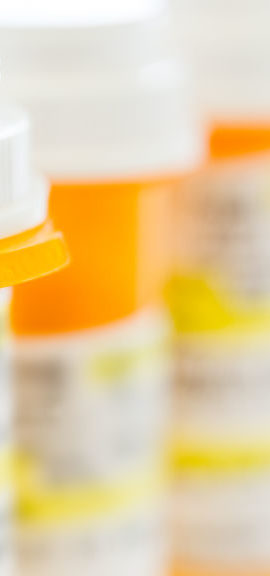As noted in Topic #6, this is the worst Drug Addiction Issue in the history of the USA. Today’s blog will look at some statistics and provide warning signs and ideas on what to do to help decrease the risks/addiction.
There are 24.6 million people 12 or older (9.4% of the population) who live with substance dependence or abuse. 1.9 million Americans live with prescription opioid abuse or dependence, while 517,000 Americans live with heroin addiction (American Society of Addiction Medicine, 2015)
Opioid addiction disease occurs in every American State, County, socio-economic and ethnic group. This is predominantly an issue in White America, despite what some may think. Many people report being surprised to learn that a neighbor, a colleague or a family friend is addicted to opioids. It is the secret addiction. Moreover, opioid addiction is not predominantly heroin. This is the last stop on spiral of the disease.
Over 100 Americans died from overdose deaths each day in 2013—that is 46 each day from prescription opioid overdoses. If you do the math, that is approximately two deaths an hour and 17,000 deaths annually. Sadly this number is rising.
Every day, 2,500 American youth (ages 12 – 17) abuse a prescription pain reliever for the first time. Nearly 1 in 20 high school seniors has taken Vicodin, and 1 in 30 has abused OxyContin. Over 50% of individuals 12 years or older used pain relievers non-medically from a friend or relative. This is the major issue. Parents/guardians often leave scripts in places that are easily accessible and found by teens. Adolescent abuse of prescription drugs is frequently associated with other risky behavior, including abuse of other drugs and alcohol. So PLEASE, if you have alcohol or prescriptions of opioids in your home, lock them up. Count your bottles of beer/wine, etc. and let your children know that you do this.
However, despite taking the actions noted above, the number of opioids prescribed to adolescents and young adults (ages 15 to 29) nearly doubled between 1994 and 2007. Think sports injuries, wisdom teeth extractions and surgeries. Many addicts report that it was the initial prescription that was the impetus for their addictions. These medications need to be used cautiously and wisely.
Yet is it not our teens and young adults who are most at risk. It is women. Prescription opioid overdose caused five times as many women’s deaths in 2010 than in 1999. In 2010, more than 6,600 women died from prescription painkiller overdoses. That come out to approximately 18 each day. Every three minutes, a woman goes to the emergency department for prescription painkiller misuse or abuse.
Women between 30 and 55 are the most at risk population and they often go unnoticed. Opioid addiction is an illness and can be treated, however, when the prescription is blocked, these populations turn to Heroin, the cheaper source for a high that is much more dangerous given that the potency and purity of the opioid is often unknown and not regulated.
As noted above, addiction is a disease in and of itself. The best way to avoid becoming addicted is to be mindful of what you take. It’s your body! Our Media is pushing medications—this of the commercials on TV. It is as if we have discarded the saying, “No Pain, No Gain,” for “No Pain, No Pain.” Moreover, Pharma is benefitting from encouraging over prescribing of opioids, as well. Volume is MONEY.
So, again, please lock up your pills (and alcohol for that matter). The American Academy of Pediatrics has now recommended that Pediatricians and parents begin talking to children at age 9 about the dangers of alcohol.
IF you did receive a script for an opioid (pain reliever) and you did not take the entire script, please take them to police. Many police stations have “No ask”, secure drop boxes to discard unused scripts. Do not flush them of any other prescriptions down the toilet. Our water sources are not the place for these medications in which to end up. Hey need to be destroyed properly. Do not save them for a future, potential pain. It is our responsibility to watch each other’s back (e.g. our kids, family, our friends). Remember, kids and teens and other family members/friends may access them and the vicious cycle of opioid addiction can begin.
My next topic will address the impact of the violence which we are all seeing on the news and via social media.
And as always, if you found this topic helpful/insightful, please feel free to share it.
Dr. Steven Atkins
